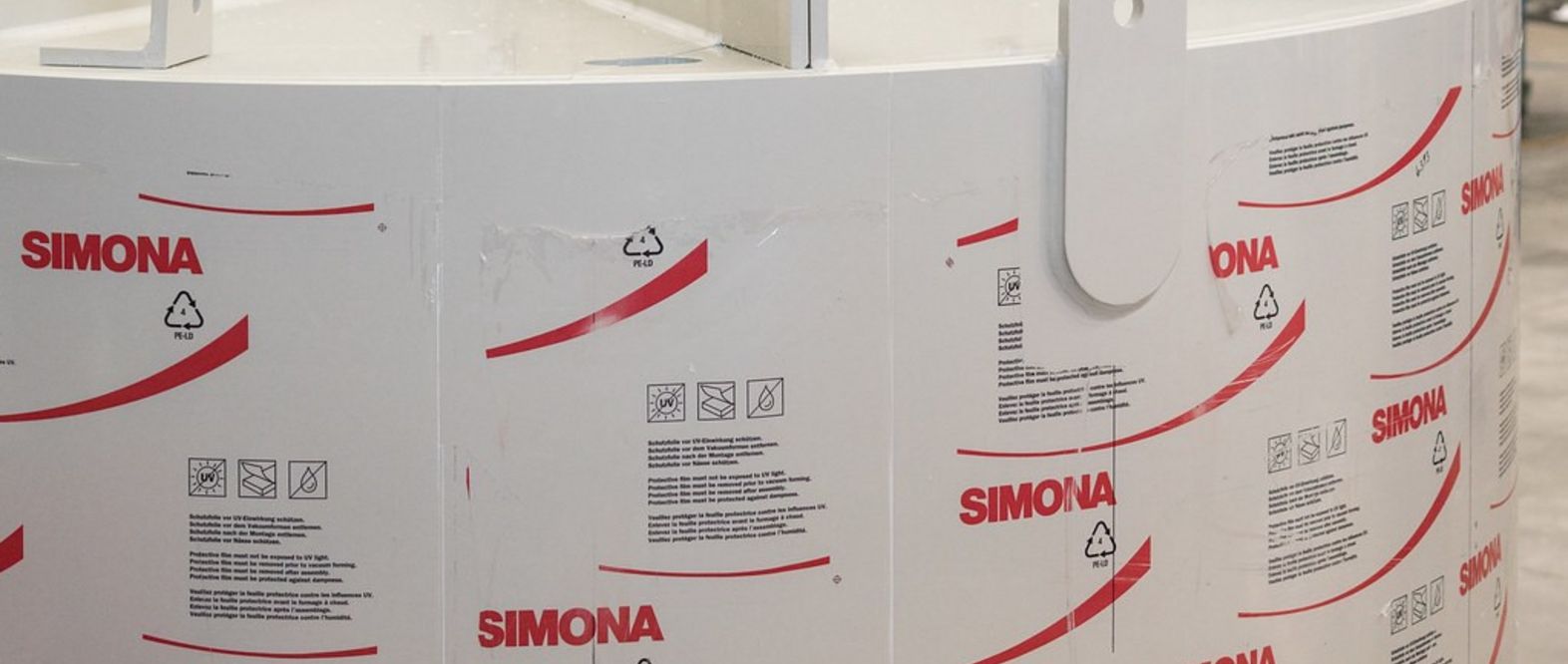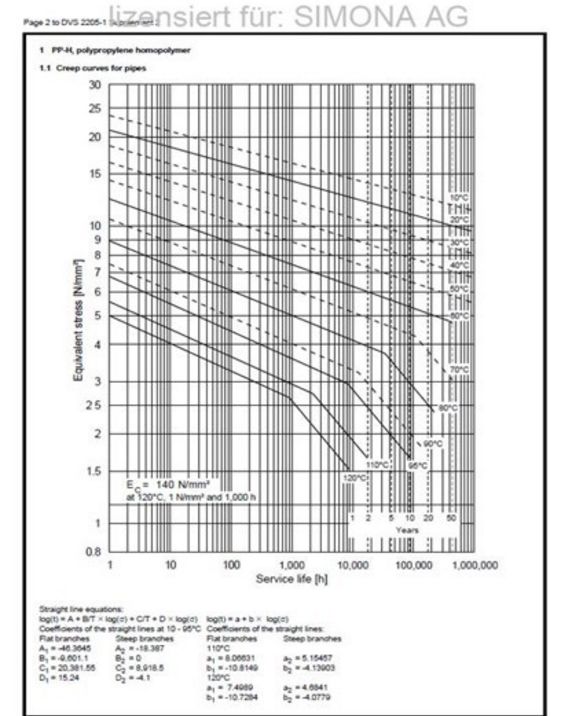The Versatility of SIMONA® Polypropylene Materials for Chemical Tank Fabrication

Why do tank fabricators rely on SIMONA® industrial polypropylene products?
In simple terms, polypropylene is one of the most versatile, commonly used thermoplastics across multiple industries.
SIMONA AMERICA Industries is the US market leader in polypropylene sales, offered in a variety of sizes colors, options, etc. all to support our key segments in addition to atypical applications. Polypropylene is most commonly offered in homopolymer (PP-H) and copolymer (PP-C).
Homopolymer polypropylene (PP-H) is a polymer consisting of identical monomer units (as shown below). PP-H is the most widely used PP. PP-H offers a high strength-to-weight ratio and is stiffer and stronger than copolymer. Combined with good chemical resistance and weldability, PP-H is used in many corrosion resistant applications.
Copolymer polypropylene (PP-C) is a polymer synthesized from two or more monomer units (as shown below). PP-C is a bit softer but has better impact strength making it tougher and more durable that PP-H. Copolymer tends to have better stress crack resistance and low temperature toughness than PP-H at the expense of nominal reduction in physical properties such as continuous operating temperature and flexural and tensile properties.


So, how is PP-C produced?
PP-C is polymerized with an ethylene molecule, usually up to 6% by mass, which gives it better ductility vs. PP-H, but lowers the operating temperature. There is a misconception in the market that suggests manufacturers add polyethylene to PP-H during production, to produce PP-C.
Polymerization is a process of reacting monomer molecules together in a chemical reaction to form polymer chains or three-dimensional networks. SIMONA specifically purchases PP-H and PP-C resins.
PP-H and PP-C are very different resins and should not be combined together. Cross contamination is an issue that disrupts manufacturing for both extruders and fabricators, especially with unknown post-industrial regrind. This also affects weld structure and could lend to stress failures at weld seams.
There are polypropylene manufacturers that offer PP-H or PP-C with a higher continuous operating temperature.
- PP-H in general, can withstand 120° C (248° F), but only for a very short period of time – DVS standards have shown reliability is likely less than one year
- Suggesting that 120° C will cover a lifetime is not correct. SIMONA continues to educate the market on material reliability
- SIMONA data sheets shows 100° C (212° F) for our PP-H, as this is the maximum temperature guaranteed to withstand a minimum of 10 years
- We performed several tests on competitive special grade PP material against our PP-H natural and PP-H AlphaPlus
- The vicat-temperature for both competitive special grades was around 90° C, whereas our materials exceed 105° C
- There is also a misconception that "eurogrey“ color is high temperature PP
- In reality, any PP-H material, pink, purple, natural, etc., meets 100 C. General creep curves for PP-H, in relation to DVS 2205-1 are shown
Why SIMONA PP?
- High chemical and corrosion resistance
- No moisture absorption
- Easy to fabricate, weld, machine, thermoform, and vacuum form
SIMONA AMERICA Industries offers numerous variations of PP products, including:
- FRPP: PP-C UL 94 V0
- FRP-3: PP-C FM 4910
- PPs: PP-C UL 94 V2
- PP-C fabric backed sheet or rolls: specific PP-C polymer with polyester back
- PP-C foam: special projects with MOQ. approx. 25% weight reduction
From SIMONA AG
- Twin-Wall: Alpha Plus (PP-H), PP-C (and PE 100)
- PP-H Alpha Plus: alpha nucleated to lower surface resistance / surface dyne allows increased chemical resistance
- Frisylen: Cutting board, reversible boards with smooth surfaces (harder surface)
Custom gauges, widths, lengths, colors, and texture solutions are available
SIMONA has a global technical team that can support tank design, offer recommendations and provide details into chemical resistance requirements. Email chris.art@simona-america.com for more information.

